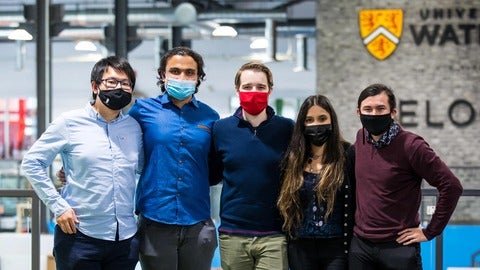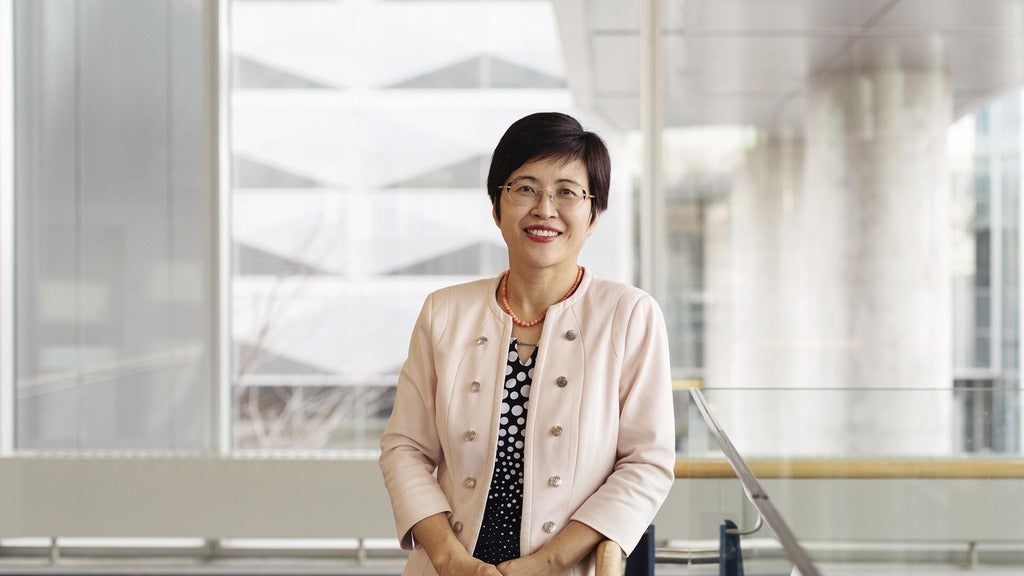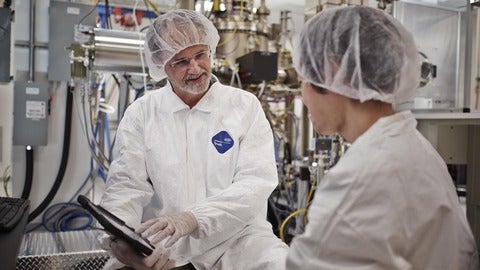WIN Member speaks to CTV news about development of needle-free COVID-19 vaccine
As the first doses of the Pfizer COVID-19 vaccine arrive and are administered in Ontario, researchers in Waterloo Region are trying to design a needle-free option.
The work is still in the pre-clinical stage and their efforts are highlighting the University of Waterloo's dedication to fighting the pandemic.
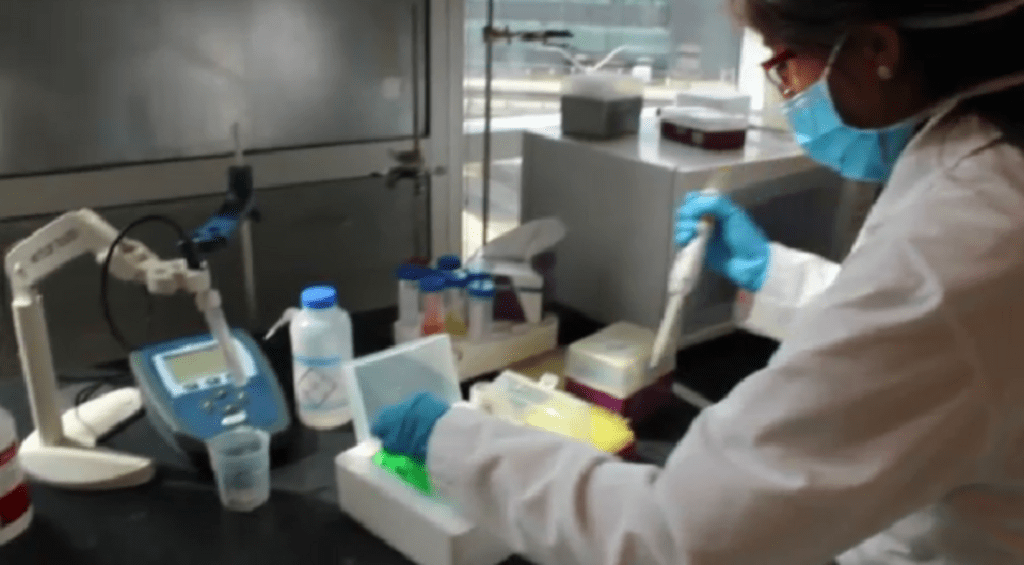

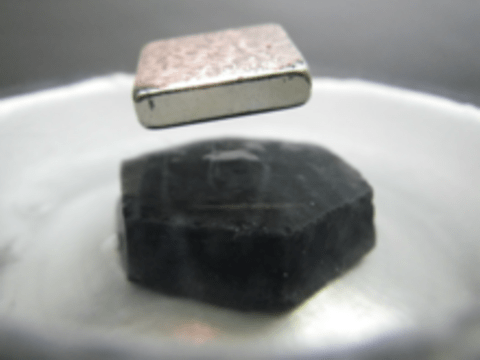
 Although physicists understand the properties of metals, insulators and semiconductors extremely well, the basic physics of high-temperature superconductors has remained a great mystery for over 30 years.
Although physicists understand the properties of metals, insulators and semiconductors extremely well, the basic physics of high-temperature superconductors has remained a great mystery for over 30 years.
